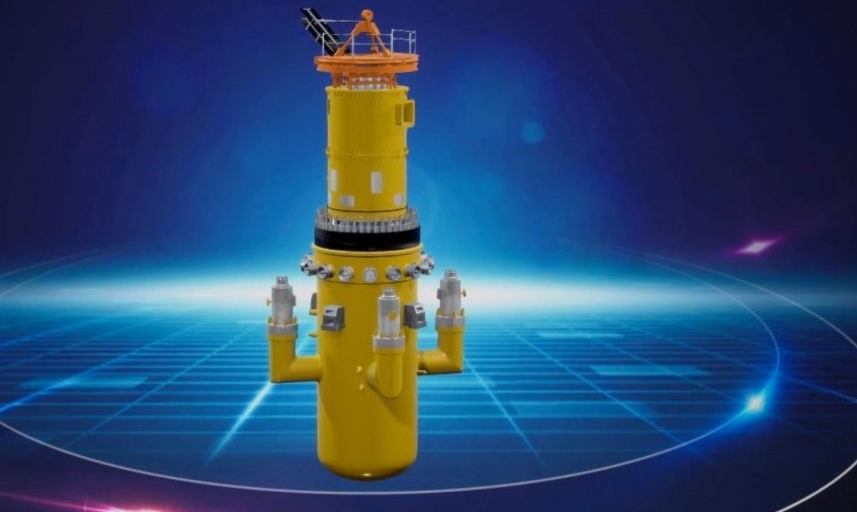According to Chinese media reports, the construction of the largest nuclear reactor is actively underway on an artificial island in Hainan province.
The Chinese National Nuclear Corporation is building Linglong One on the basis of independent research. It is also the first reactor of this magnitude in the world to be approved by the International Atomic Energy Agency. The project has received support because it is being built to address the many energy needs of the region.
What is a “nuclear island”?
The layout of a nuclear power plant consists of two main parts: a nuclear and a conventional (turbine) island. The nuclear island is the heart of the nuclear power plant. It consists of a containment, an auxiliary building and a fuel handling area. For each nuclear power plant (NPP) project, an individual nuclear island is built. It houses the nuclear system that produces steam (Nuclear Steam Generating Plant, NSPPU) and security systems.
YAPPU consists of:
- Reactor, which includes the reactor core and control systems;
- Main circuit pumps that circulate the primary coolant;
- Pressure compensator, which is used to control the pressure of the primary coolant;
- Steam generator, in which heat exchange takes place between the primary and secondary circuits;
- Primary pipeline.
The primary circuit can be divided into 2-6 independent circuits. Each may contain a steam generator and one or two pumps. The nuclear island also houses key security systems, which mainly consist of:
- Reactor protection systems;
- Main technical water system;
- Emergency core cooling systems;
- Emergency power supply systems;
- Containment systems.
A CCTV report describes the “nuclear island” Linglong One as the heart of a nuclear power plant. The report says that other facilities will be installed there in the future, including a pressurized power plant building and a steam generator. Construction is expected to take approximately 58 months to complete.
How will it be used?
According to the plan of the Chinese authorities, the reactor will be used as a distributed source of energy, as well as to meet other needs of the region. For example, its capacity is useful for sea water desalination, regional heating, industrial heating and other purposes.
What is his power?
The power of each Linglun-1 set is 125,000 kilowatts. The reactor itself will generate one billion kilowatt-hours of electricity once commissioned. This is enough to meet the needs of 526,000 households.

Reactor feature and construction history
The construction of the “nuclear island” began in July 2021. As noted by Global Times, the Linlong One project is characterized by a high degree of security, rapid construction and a flexible deployment schedule.
The upper containment of Linglong One was successfully installed on July 6 at the Changjiang nuclear power plant in south China’s Hainan province. The height of the upper cylinder of the steel containment is about 15 meters and weighs 720 tons. It is also the heaviest lifting device for Linglong One.
The peculiarity of “Linglun-1” is that it combined the key components of conventional reactors into one. In addition, in the design, engineers focused on the minimum use of human resources in the maintenance of the system.
According to the latest IAEA data, more than 80 modular reactor designs are under development in 19 countries.
Why is nuclear power green?
The main problem with using standard energy sources is carbon emissions. Climate change and the need for governments to drastically cut greenhouse gas emissions is forcing governments to look for and use alternatives. While the use of renewable energy sources such as wind and solar has grown exponentially over the past decade, nuclear power is still the second largest source of carbon-free electricity in the world after hydropower. In advanced economies, it is number one.
Now China is actively investing in carbon-free technologies. In the first eight months of this year, China’s investment in energy projects rose 16.7% year on year, according to the National Energy Administration. In addition, the use of a huge reactor is part of China’s efforts to secure power supply in the event of a power shortage.
Mobile reactors, which can be combined into one, are expected to play an increasingly important role in energy security, as well as in the global energy transition to zero carbon, according to the IAEA.
